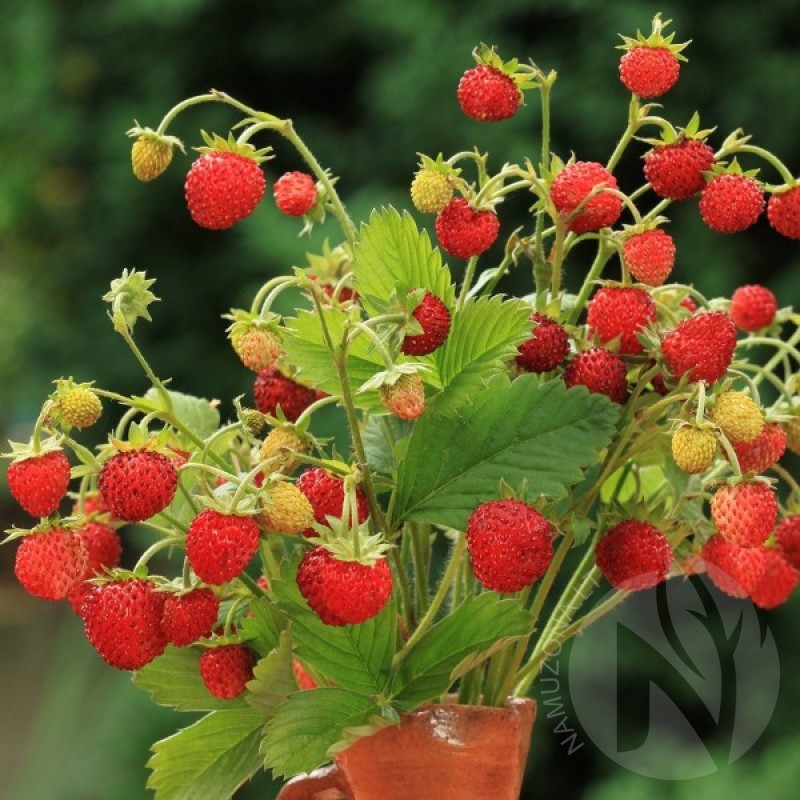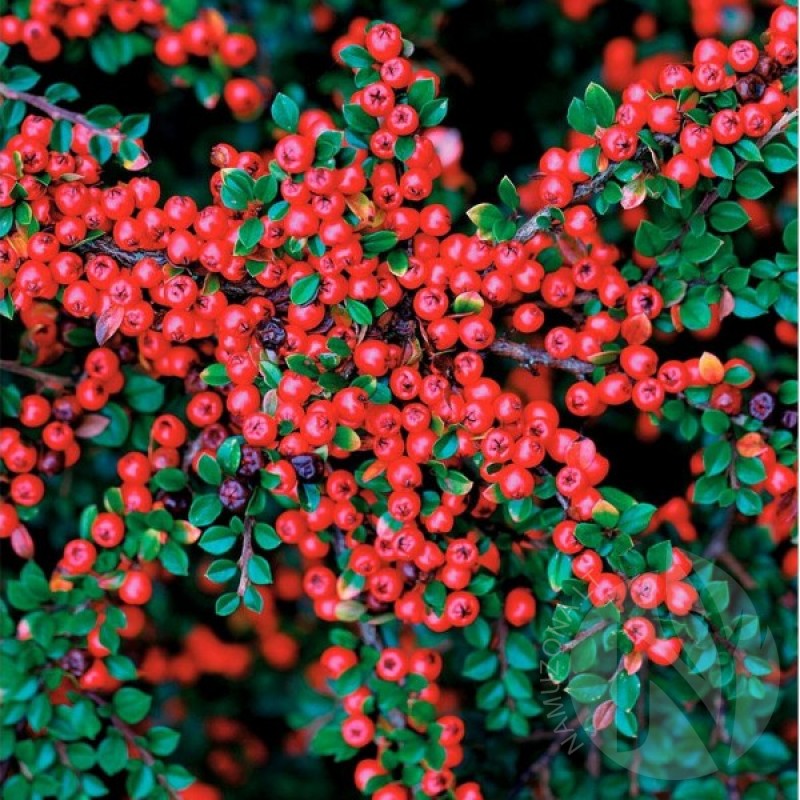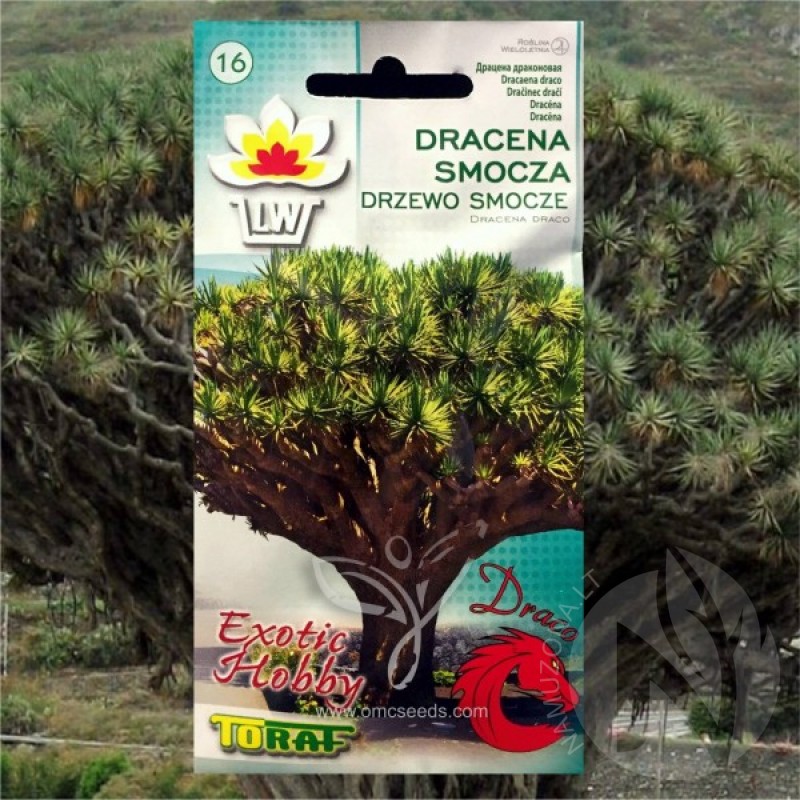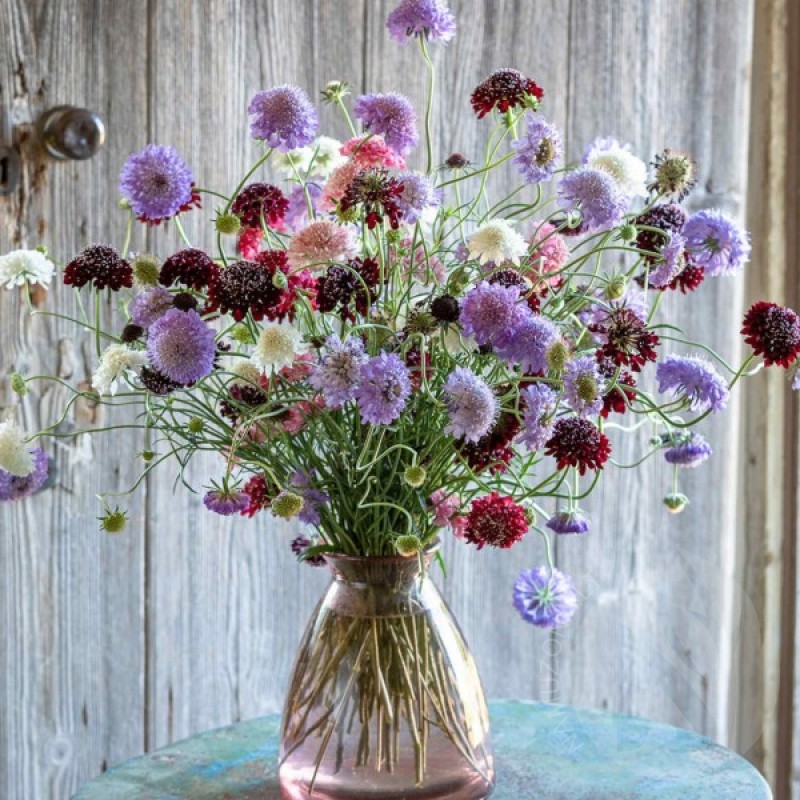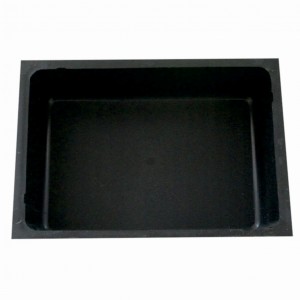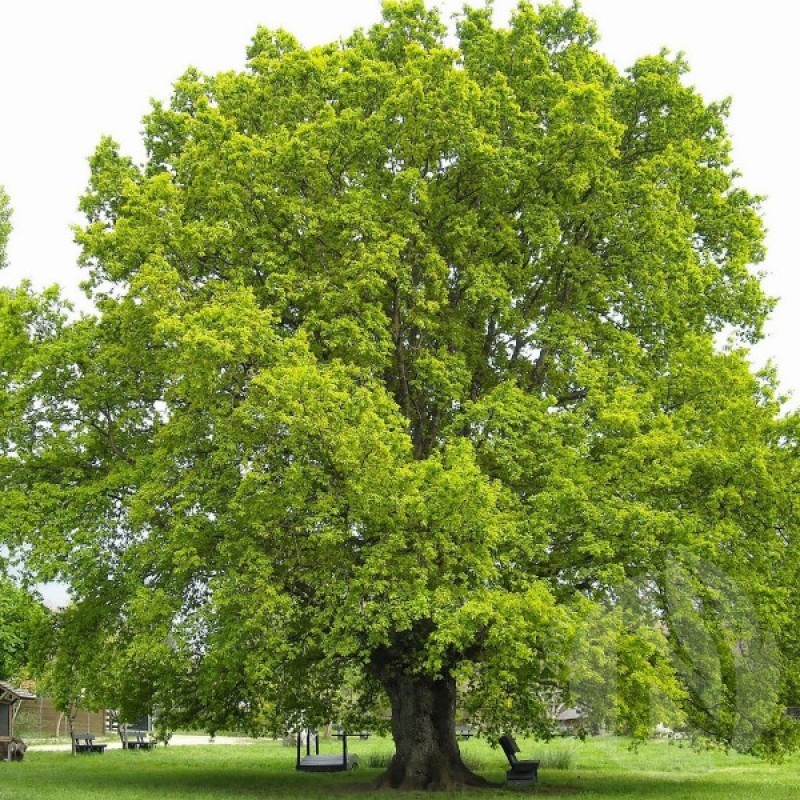
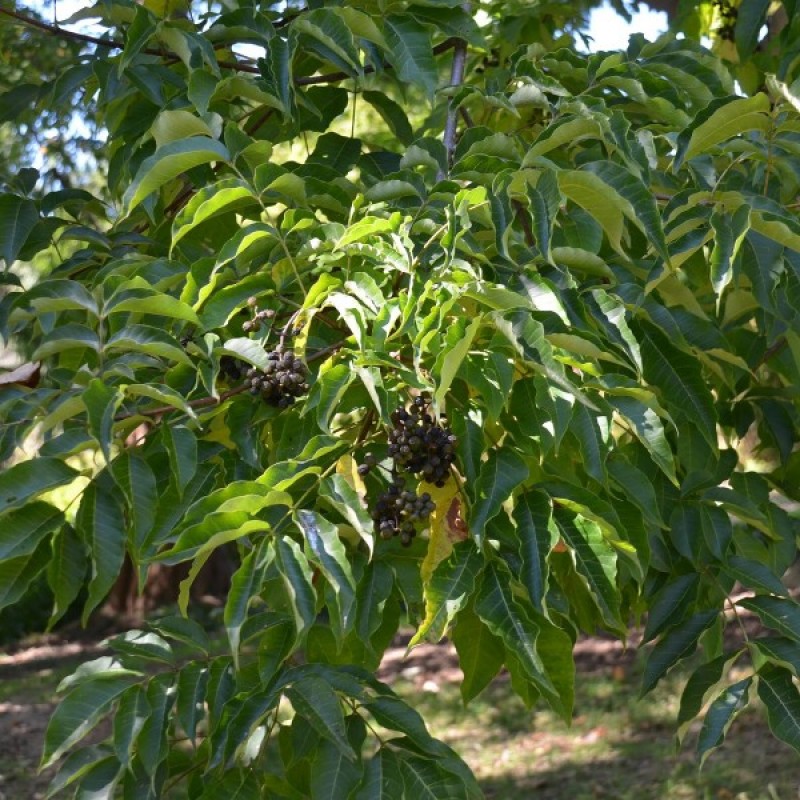
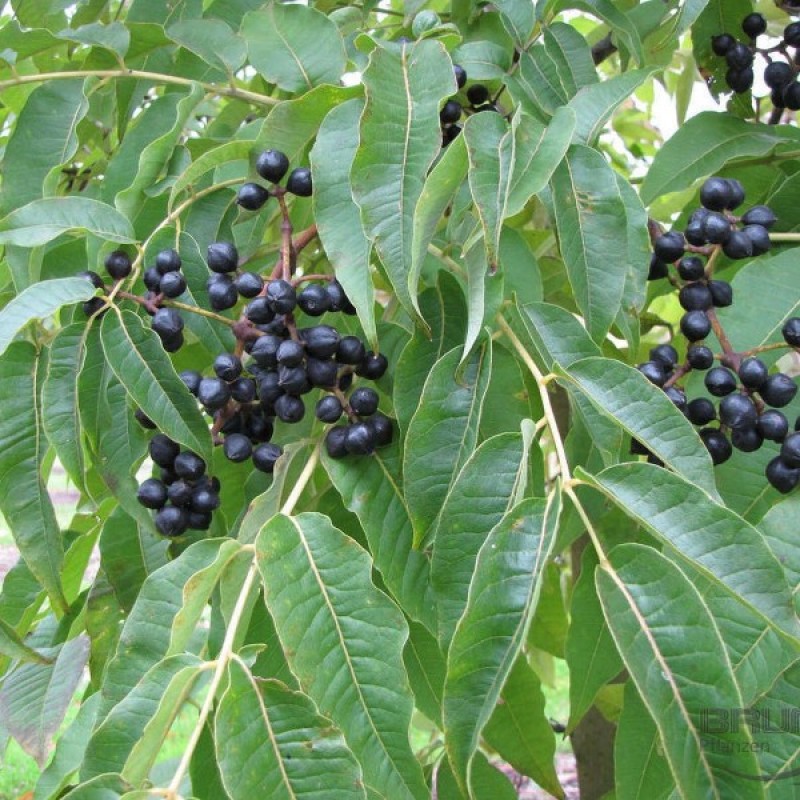
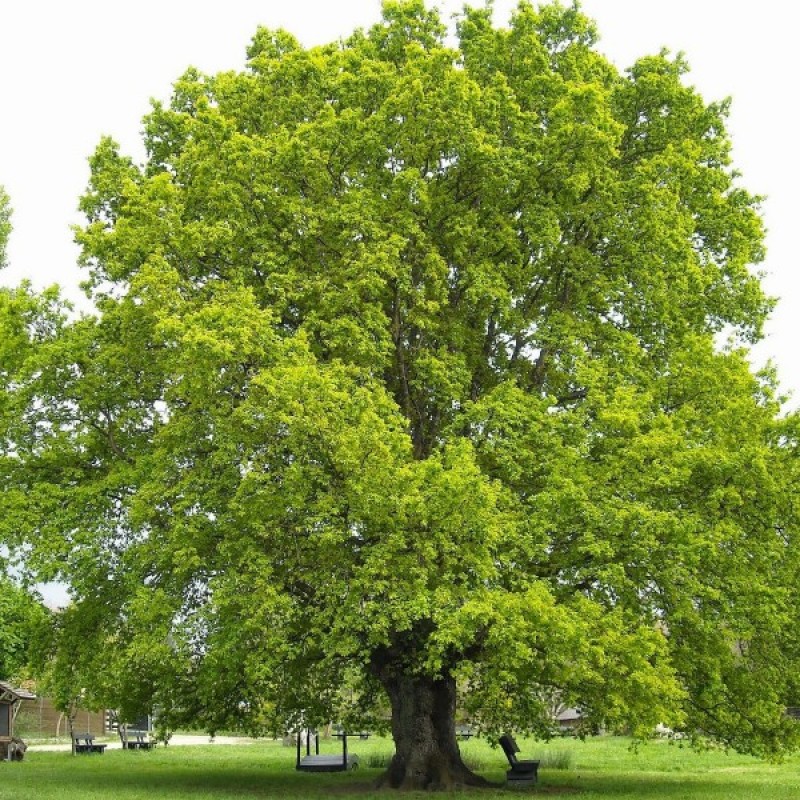
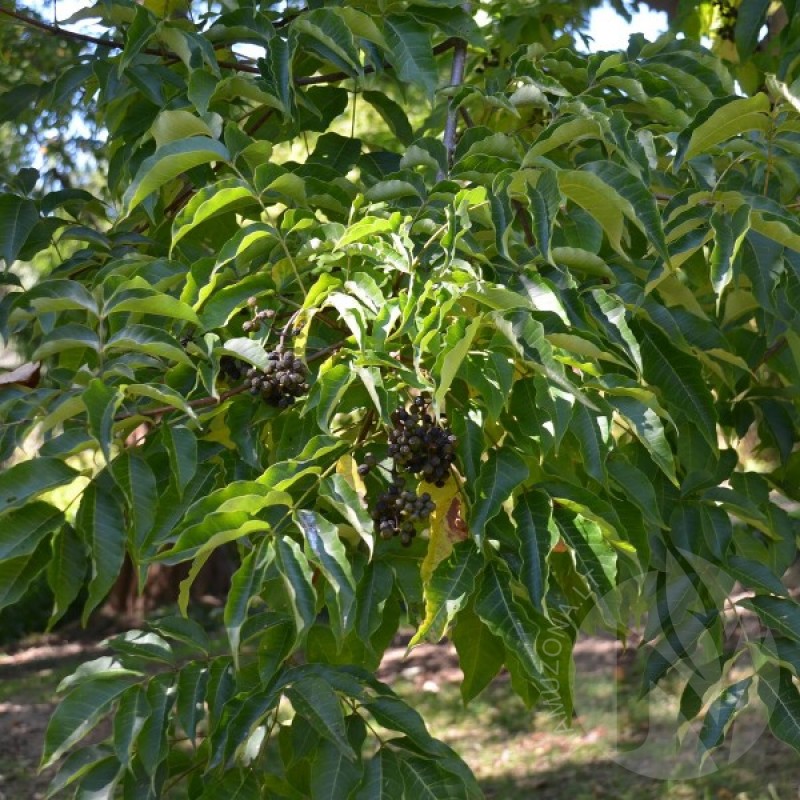
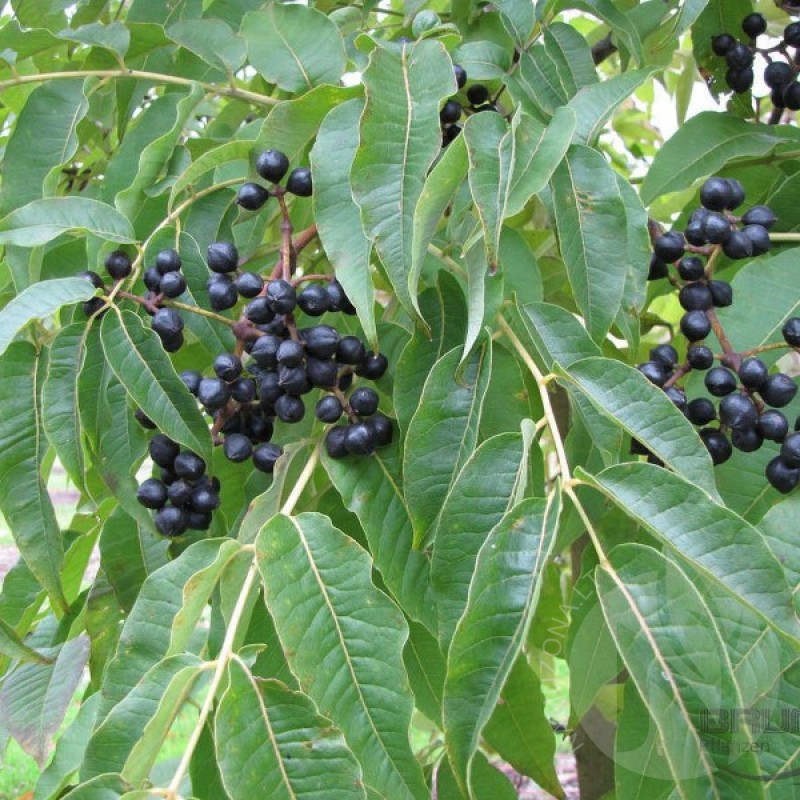
PAY ATTENTION!
All seeds (except SOLD OUT) are available for immediate shipping and will be dispatched within 1-2 business days.
INFORMATION NEEDED? PLEASE CONTACT US NOW!
Touted for its cold hardiness and tolerances of air pollution and drought, Amur corktree also possesses multiple ornamental features. A wide-spreading, open-branched deciduous tree, it hails from northeastern China, Korea, Japan and extreme eastern Russia. A fat, short trunk branches out into muscular, irregular boughs. The soft, corky bark mimics the look of a coarse, tan snake skin, begging to be touched.
Amur corktree is dioecious, displaying tiny, yellow-green, male or female flowers on separate plants. Only female trees produce the rounded black fruits in tip clusters. Birds eat these aromatic fruits. In many temperate climates, the proliferation of weedy seedlings causes this tree to be considered invasive and problematic. The compound leaves are glossy dark green, each comprising seven to 13 pointed oval leaflets. Autumn foliage is inconsistent, usually yellow-green, and leaves quickly fall from the branches. Occasionally a branch displays more intense yellow leaves, and in some climates this tree's fall display is no less than breaktaking.
Grow Amur corktree in a spacious landscape that allows the wide-spreading boughs and umbrella-like canopy to fully develop. Full to partial sun is needed. The best growth occurs in moist, non-alkaline soils with good drainage, but the tree is widely tolerant of many soils. Long-term environmental stresses causes the tree to not look or perform its best, but it does manage to survive.
Genus - Phellodendron
Species - Amurense
Common name - Amur Cork Tree
Pre-Treatment - Required
Hardiness zones - 3 - 7
Height - 30'-45' / 9 - 14 m
Spread - 35'-45' / 11 - 14 m
Plant type - Tree
Vegetation type - Deciduous
Exposure - Full Sun, Partial Sun
Growth rate - Fast
Soil PH - Acidic, Neutral
Soil type - Clay, laom, Sand, well drained
Water requirements - Drought tolerant, average water
Landscape uses - Shade Trees, Street Trees
Bloom season - Late Spring
Leaf / Flower color - Green / Yellow-green
GERMINATION INSTRUCTIONS
1. Fill a small resealable plastic bag halfway with sand. Add a little water to the sand and toss to moisten sand. Do not add too much water.
2. Soak for 24 hours in warm water. Place the seeds in the sand, making sure seeds are covered. Close bag and place in the fridge at +4-+6C (40-44F) temperature for 30 days. Check seeds occasionally during the stratification period for any signs of early germination. If you notice any germination, you need to remove and plant seeds right away.
3. Fill a small pot with equal amounts of peat moss and vermiculite. Shake the pot lightly to level the medium.
4. Remove the seeds from the plastic bag and press lightly into the growing medium. Plant 6 mm (1/4") deep.
5. Water gently. Place the whole pot in large, clear plastic bag. Stick a chopstick into the pot to help keep the bag up. Close the top with a rubber band to create a mini-greenhouse effect that will hasten germination.
6. Place in a warm, bright area out of direct sunlight. Open the bag every three to four days and water only enough to keep growing medium moist.
7. Remove bag after seedlings emerge. Transfer to individual medium-sized containers filled with well-draining potting soil. Place in a sunny indoor spot, and let plants get stronger in growth before transplanting to a permanent spot in the garden. (source: ehow.com)
Atsiliepimų apie šią prekę kol kas nėra.
No questions about this product.

